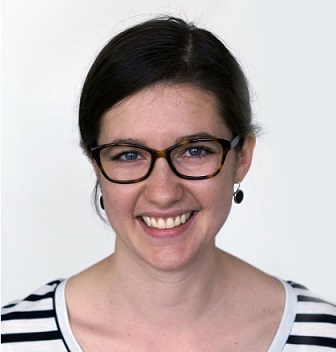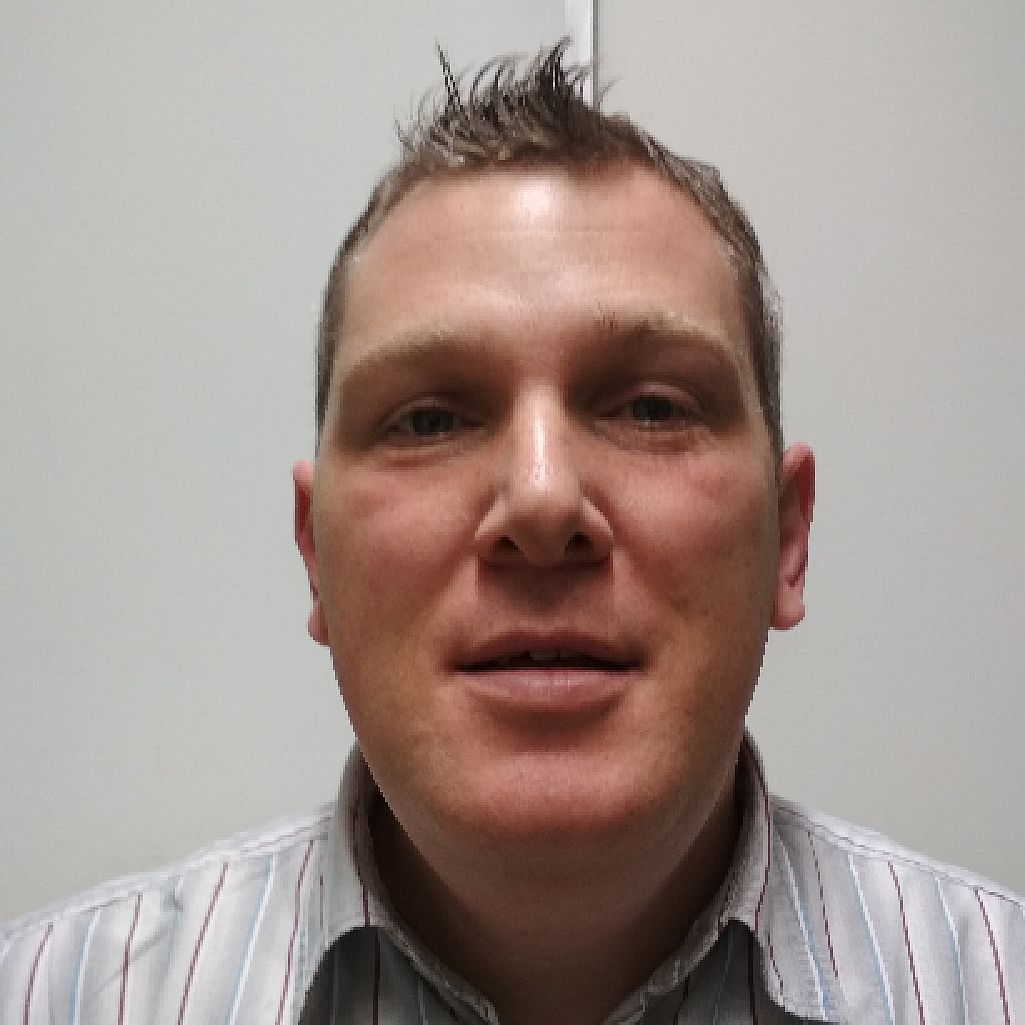EduEye: Workshop on Eye Tracking in Learning and Education
*** EduEye 2022 took place on June 9th, 09:00 - 13:00 CEST ***
Workshop papers published in ACM ETRA proceedings
Daun Kim, Jae-Yeop Jeong, Sumin Hong, Namsub Kim, and Jin-Woo Jeong
Visualizing Instructor’s Gaze Information for Online Video-based Learning: Preliminary Study.
https://doi.org/10.1145/3517031.3529238
Francesca Zermiani, Andreas Bulling, and Maria Wirzberger
Mind Wandering Trait-level Tendencies During Lecture Viewing: A Pilot Study.
https://doi.org/10.1145/3517031.3529241
Lidia Altamura, Ladislao Salmerón, and Yvonne Kammerer
Instant messaging multitasking while reading: a pilot eye-tracking study.
https://doi.org/10.1145/3517031.3529237
Marian Sauter, Teresa Hirzle, Tobias Wagner, Susanne Hummel, Enrico Rukzio, and Anke Huckauf
Can Eye Movement Synchronicity Predict Test Performance With Unreliably-Sampled Data in an Online Learning Context?
https://doi.org/10.1145/3517031.3529239
Michael Burch, Rahel Haymoz, and Sabrina Lindau
The Benefits and Drawbacks of Eye Tracking for Improving Educational Systems.
https://doi.org/10.1145/3517031.3529242
Sara Becker, Andreas Obersteiner, and Anika Dreher
Eye tracking – promising method for analyzing mathematics teachers’ assessment competencies?
https://doi.org/10.1145/3517031.3529244
Stanislav Popelka and Marketa Beitlova
Scanpath Comparison using ScanGraph for Education and Learning Purposes: Summary of previous educational studies performed with the use of ScanGraph.
https://doi.org/10.1145/3517031.3529243
Tobias Appel, Lisa Bardach, and Enkelejda Kasneci
Predicting Decision-Making during an Intelligence Test via Semantic Scanpath Comparisons.
https://doi.org/10.1145/3517031.3529240
Extended Abstracts
PDFs of extended abstracts presented at the EduEye Workshop
Gaze Control and Visual Attention in Police Firearms Training - A Study in Progress
Joshua Olma, German Police University
Tracking a vocal group: A pilot study on multiple and simultaneous Eye-Tracking
Matthias Seitz, Hochschule Döpfer
Tracking professional learning in language teacher education (work in progress)
Dr Joanna Baumgart, Universtiy of Hildesheim
Can teachers use gaze displays to provide adaptive reading comprehension instruction?
Carolien Angelique Nicole Knoop-van Campen, Radboud University
Quality of teacher-student relationship in association with teachers’ visual focus of attention across Grade 1 using mobile eye-tracking
Saswati Chaudhuri, University of Jyväskylä
Breaking the Ice between Idioms Processing and Population with Deafness.
Nadina Gomez-Merino, University of Valencia
Analogical Transfer Despite Misleading Information in Toddlerhood and Beyond: An Eye Tracking Study
Katarzyna Bobrowicz, University of Luxembourg
Examining readers’ eye movements, on-task attention, metacomprehension, and text comprehension between reading easy and difficult texts in print and on screen
Pablo Delgado, University of Valencia
Workshop Description
With its duality of being an active input technology and a passive sensor, eye tracking provides unique opportunities for education and learning. Actively, the technology can serve as an input strategy for interactive learning environments. Passively, it can be applied to observe learning states and gain a better understanding of learners' cognitive processes. Given its scalability, it can, or instance, help to improve collaborative learning, e.g., by establishing connections between learners during online lectures. Teachers or lecturers can also gain feedback about their learning material by analyzing students' eye gazes. However, many open challenges remain for the application of mobile eye tracking in learning and educational scenarios, including technical constraints and privacy concerns. This workshop specifically targets researchers and practitioners who are interested in using eye tracking in education and learning. This includes researchers from all areas of psychology, human-computer interaction, computer science, eye tracking methodology, and other related fields.
Workshop Format
The workshop will be virtual.
In addition, participants do not need to attend the full ETRA '22 to participate in the workshop. There is a "virtual workshop only" ticket available at the ETRA '22.
So EduEye participants need to book either the full ETRA '22 ticket or the virtual workshop only ticket to attend EduEye.
Workshop Program
-
Welcome and introduction to workshop goals (10 min + 20 min)
The workshop will start with an introduction given by the workshop organizers. In the introduction the organizers will introduce the workshop topic and summarize its goals. This will be followed by a short introduction of the workshop participants to get to know each other and the topics that everybody is working on/interested in discussing during the workshop. For this, each participant will prepare one slide with information about their background (e.g., affiliation, main research interest) and what they are interested in discussing during the workshop. Every person will have 30 seconds to present this initial slide. -
Keynote (30 min + 10 min)
The keynote will be given by Halszka Jarodzka. -
Coffee break (10 min)
-
Parallel group discussions (100 min)
The participants of the workshop will prepare short 3-min video presentations of their work. We will then spend most of the workshop on working in small groups to develop research ideas together. We have assigned all contributions to topics (see schedule on website). We will start the working session with playing your 3-minute presentations. After that, all participants (presenters and attendees) can work together on developing an answer to the questions: The classroom of the future, what would education look like in 15 years? Which studies should be conducted to get there? Of course, we ask you to focus on the role of eye tracking in this vision. Your presentation can form an inspiration for this question and you may present your ideas already in the presentation. -
Final discussion in plenary and farewell (60 min)
The results of the group discussions will be presented in the final plenary. Each group will have 10 minutes to present their results.
Groups for discussions during the workshop
Topic: Domain-Specific Learning
| Scanpath Comparison using ScanGraph for Education and Learning Purposes |
| Predicting Decision-Making during an Intelligence Test via Semantic Scanpath Comparisons |
| Gaze Control and Visual Attention in Police Firearms Training - A Study in Progress |
| Tracking a vocal group: A pilot study on multiple and simultaneous Eye-Tracking |
Topic: Higher Education
| Mind Wandering Trait-level Tendencies During Lecture Viewing: A Pilot Study |
| Can Eye Movement Synchronicity Predict Test Performance With Unreliably-Sampled Data in an Online Learning Context? |
| Visualizing Instructor's Gaze Information for Online Video-based Learning: Preliminary Study |
Examining readers’ eye movements, on-task attention, metacomprehension, and text comprehension between reading easy and difficult texts in print and on screen |
Topic: Language Learning and Reading Comprehension
| Breaking the Ice between Idioms Processing and Population with Deafness. |
| Can teachers use gaze displays to provide adaptive reading comprehension instruction? |
| Instant messaging multitasking while reading: a pilot eye-tracking study |
Analogical Transfer Despite Misleading Information in Toddlerhood and Beyond: An Eye Tracking Study |
Topic: Teachers
| The Benefits and Drawbacks of Eye Tracking for Improving Educational Systems |
| (Eye) Tracking professional learning in language teacher education (work in progress) |
Eye tracking and think-aloud – promising methods for analyzing mathematics teachers’ assessment competencies? Quality of teacher-student relationship in association with teachers’ visual focus of attention across Grade 1 using mobile eye-tracking |
Keynote
We are happy to announce that Prof. Halszka Jarodzka will give the keynote for our workshop!

Halszka Jarodzka is a full professor and chair of the department “Online Learning and Instruction” at the faculty of Educational Sciences at the Open Universiteit, the Netherlands. In her research, she studies how eye-tracking can help us to understand and to improve learning, testing, and instruction. In particular, she is interested in how visual expertise is constituted and how it develops, currently studying this phenomenon in teachers managing classrooms. Moreover, she studies how learners process educational material and how to improve its design, thereby focusing on videos, including eye movement modeling examples. Finally, she investigates how the use of multimedia in computerized testing can influences how testees process and perform on tests. She is one of the early adopters of eye-tracking in educational sciences and was active in popularizing this research topic by organizing conferences (e.g., European Conference on Eye Movements in 2013), in setting up and chairing a Special Interest Group at the European Association of Research on Learning and Instruction (SIG 27), co-authoring a popular handbook on eye-tracking (Holmqvist et al., 2011, Oxford University Press), providing workshops at universities across the globe (e.g., Stanford, USA; Freiburg, Germany), and setting up several Special Issues illustrating the diversity of this topic (e.g., Jarodzka, Skuballa, & Gruber, 2020, EPR; Harteis, Kok, & Jarodzka, 2018, FLR).
Guidelines for Video Submissions
All participants who are going to present an extended abstract or workshop paper at the workshop are required to submit a 3-min video presentation of their work. Please note that you may present your ideas towards to the vision on "The classroom of the future, what would education look like in 15 years?" already in the presentation. See above the discussion group that your contribution has been assigned to. See below the technical requirements for the video submission:
- File names should only have alphanumeric characters, and no spaces or special characters.
- Resolution must be precisely 1080p (1920 x 1080).
- All videos must be encoded as MP4 using H.264 codec (file format .mp4). Encode your video using square pixels for the pixel aspect ratio to avoid your movie looking stretched when projected.
- Videos must be in a 16:9 aspect ratio.
- Please also submit a caption file. The accompanying closed caption file must be in .srt or .sbv format.
- The file size of the video must not be bigger than 100MB
- Upload the video by June 1, AoE
Topics of Interest
- Cognitive states of learners, including attentiveness, proficiency, and cognitive load
- Teacher-student interaction and student-student interaction
- Eye movement modeling examples and other applications of visualizing gaze to improve education
- Eye gazes for education in 3D or virtual reality
- Collaborative learning (including remote and co-located learning)
- Eye tracking as active input strategy for interactive learning environments
- Eye tracking devices and hardware for education
- Privacy issues in educational eye tracking
- Crowd-sourced eye tracking studies for education
- Eye tracking research on learning to read and reading strategies
- Instructional design research and multimedia learning with eye tracking
- Research on expertise differences in gaze in medicine or other domains
Call for Papers
The workshop targets researchers and practitioners who are interested in the application of eye tracking in education and learning. We take a broad perspective on this topic and welcome submissions from the fields of human-computer interaction, cognitive psychology, computer science, eye tracking, and the learning sciences. We offer two types of submissions:
| Extended Abstract | Workshop Paper | |
| Submission length | up to 4 pages (excluding references) | 4 to 8 pages (excluding references) |
| Format | single column, ACM master article template submissions should not be anonymized | single column, ACM master article template submissions have to be anonymized |
| Selection process | juried by the workshop organizers | reviewed by 2-3 program committee members |
| Publication | will not be published | will be published in the ETRA '22 Workshop Proceedings |
| Submission | through PCS (choose Society: ETRA, Conference/Journal: ETRA 2022, Track: ETRA 2022 Workshop - Eye Tracking in Learning and Education) | through PCS (choose Society: ETRA, Conference/Journal: ETRA 2022, Track: ETRA 2022 Workshop - Eye Tracking in Learning and Education) |
| What should be submitted? | - work in progress, initial study results, summary of previous studies, position paper, argument - Note, an extended abstract does not have to present original research | - work in progress, initial study results, summary of previous studies, position paper, argument - Note, a workshop paper does not have to present original research
|
| Who should submit? | Extended abstracts are mainly targeted towards researchers who want to participate in the workshop but are not interested in having their paper published in the Workshop Proceedings. | Workshop papers are mainly targeted towards researchers who are interested in participating in the workshop and would like to have their paper published as part of the Workshop Proceedings. |
| Camera-ready version | through PCS, please use the ACM Master Article Template (one-column) for the final submission | through TAPS |
Program Committee (for workshop papers)
- Seoyoung Ahn (Stony Brook University, United States)
- Ecenaz Alemdag (Middle East Technical University, Turkey)
- Leen Catrysse (Open Universiteit, Netherlands)
- Andreas Gegenfurtner (University of Augsburg, Germany)
- Maurice Koch (University of Stuttgart, Germany)
- Ladislao Salmerón (University of Valencia, Spain)
- Maria Wirzberger (University of Stuttgart, Germany)
Important Dates
| Paper submission | February 22, 2022 March 1, 2022 |
| Notification | March 25, 2022 |
| Camera ready deadline | April 19, 2022 |
| Workshop | June 09, 2022 - 09:00 - 13:00 CEST |
Participants
We welcome participants from the fields of human-computer interaction, cognitive psychology, computer science, eye tracking, and learning sciences.
Contact
Please don't hesitate to write an email to edueye2022(at)gmail.com if you have any questions.
Organizers

is a doctoral researcher in the human-computer interaction group at Ulm University, currently working in the DFG project ``Gaze-assisted scalable interaction paradigms for pervasive classrooms''. Her research interests are in extended reality and eye tracking. She co-organized the workshop on Eyewear Computing at UbiComp 2021, was Short Paper co-chair of ETRA 2021, and co-organized the German Pre-CHI Event 2020 and the Virtual German CHI Event 2020.

is a postdoctoral cognitive psychologist at Ulm University in the project ``Gaze-assisted scalable interaction paradigms for pervasive classrooms''. His research interests are in human perception and visual attention in applied contexts outside the classical lab. He has already organized the Conference for Experimental Psychologists '21 (TeaP '21) and webinars on online experiments.

is an Assistant Professor at the Department of Education at Utrecht University. Her main interest is in the application of eye-tracking data in educational practice, specifically in instructional design, (medical) expertise and self-regulated learning. In the past 8 years, she was a coordinator of the EARLI special interest group 27 (https://www.earli.org/node/50) which focuses on process measures of learning such as eye tracking, and she was involved in organizing three of the SIG 27 conferences. She commonly runs methodological workshops on eye tracking in education, for example for the EARLI community, and supports (PhD) students who conduct eye-tracking research.

is an Associate Professor at the University of Applied Sciences in Chur, Switzerland. His main research interests are in information visualization, visual analytics, data science, and eye tracking. He organized and co-chaired the workshops on eye tracking and visualization (ETVIS) in the past four editions and is now in the steering committee of ETVIS. Moreover, he was paper co-chair of VisSoft 2019, VINCI 2019, 2021 as well as general chair of VINCI 2020 and 2022.
